Notice the sample code I provided for you
Images are shown in different proportions based on their dimensions and even some apps show a mixed view of images and videos like Instagram. In the coming tutorial, we will be experiencing such a view where videos are loaded and played with autoplay features when we strolled onto the video view.
When it comes to the implementation technically there is no much difference in regular style of showing images to this staggering view.
Activity_main.Xml
<?xml version="1.0" encoding="utf-8"?>
<android.support.constraint.ConstraintLayout xmlns:android="http://schemas.android.com/apk/res/android"
xmlns:app="http://schemas.android.com/apk/res-auto"
xmlns:tools="http://schemas.android.com/tools"
android:layout_width="match_parent"
android:layout_height="match_parent"
tools:context="staggered.android.com.staggeredview.MainActivity">
<android.support.v7.widget.RecyclerView
android:id="@+id/stagRecycleView"
android:layout_width="match_parent"
android:layout_height="match_parent"/>
</android.support.constraint.ConstraintLayout>
Recyclerview_row.Xml
<?xml version="1.0" encoding="utf-8"?>
<RelativeLayout
xmlns:android="http://schemas.android.com/apk/res/android"
android:layout_width="wrap_content"
android:layout_height="wrap_content"
android:orientation="horizontal"
android:padding="5dp">
<ImageView
android:id="@+id/imgView"
android:layout_width="match_parent"
android:layout_height="match_parent"
android:scaleType="fitXY"/>
</RelativeLayout>
MainActivity.Java
public class MainActivity extends AppCompatActivity {
RecyclerViewAdapter adapter;
ArrayList<Integer> Image;
RecyclerView recyclerView;
private RecyclerView.LayoutManager layoutManager;
@Override
protected void onCreate(Bundle savedInstanceState) {
super.onCreate(savedInstanceState);
setContentView(R.layout.activity_main);
Image = new ArrayList<>(Arrays.asList(
R.drawable.img1,R.drawable.img2,
R.drawable.img3,R.drawable.img4,
R.drawable.img5,R.drawable.img6,
R.drawable.img7,R.drawable.img8,
R.drawable.img9,R.drawable.img10,
R.drawable.img1,R.drawable.img2,
R.drawable.img3,R.drawable.img4,
R.drawable.img5,R.drawable.img6,
R.drawable.img7,R.drawable.img8,
R.drawable.img9)
);
recyclerView = findViewById(R.id.stagRecycleView);
layoutManager = new StaggeredGridLayoutManager(2,StaggeredGridLayoutManager.VERTICAL);
recyclerView.setLayoutManager(layoutManager);
adapter = new RecyclerViewAdapter(this, Image);
recyclerView.setAdapter(adapter);
}
}
And finally
RecyclerViewAdapter.Java
public class RecyclerViewAdapter extends RecyclerView.Adapter<RecyclerViewAdapter.ViewHolder> {
ArrayList<Integer> Image;
Context context;
public RecyclerViewAdapter(Context context, ArrayList<Integer> Image) {
super();
this.context = context;
this.Image = Image;
}
@Override
public ViewHolder onCreateViewHolder(ViewGroup viewGroup, int i) {
View v = LayoutInflater.from(viewGroup.getContext())
.inflate(R.layout.recyclerview_row, viewGroup, false);
ViewHolder viewHolder = new ViewHolder(v);
return viewHolder;
}
@Override
public void onBindViewHolder(ViewHolder viewHolder, int i) {
viewHolder.imgview.setImageResource(Image.get(i));
}
@Override
public int getItemCount() {
return Image.size();
}
public static class ViewHolder extends RecyclerView.ViewHolder {
public ImageView imgview;
public ViewHolder(View itemView) {
super(itemView);
imgview = (ImageView) itemView.findViewById(R.id.imgView);
}
}
}
I hope this will help you ;)



